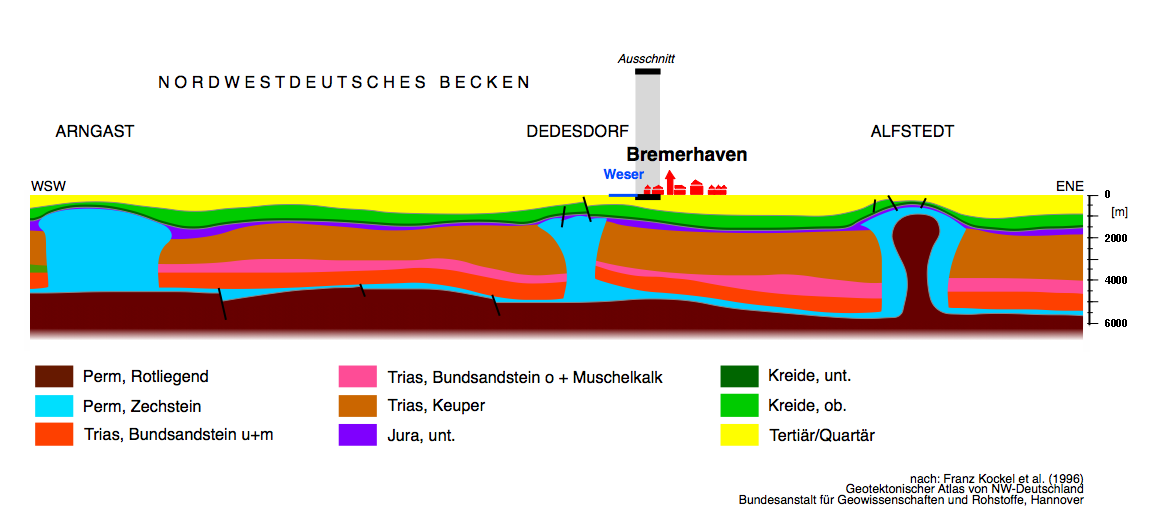Mud volcanoes of the Salton Sea / Imperial Valley, California
SLIDE 1
A mud volcano is an Earth surface formation created by geo-excreted solids,
liquids, and gases.
The temperature of the excreted material is much cooler than that of a lava volcano.
The excreted material is typically a slurry of fine solids suspended in liquids,
including acidic or saline water and hydrocarbon fluids.
The gases released are usually methane, carbon dioxide, and nitrogen.
SLIDE 2
A mud volcano is the result of a piercement structure created by a pressurized diapir
which breaches the Earth's surface.
A diapir is an intrusion in which a more mobile and deformable material is forced into brittle
overlying rocks.
Diapirs commonly intrude vertically upward, along fractures or zones of structural weakness,
through denser overlying rocks.
Evaporitic salt deposits and gas-charged muds are potential sources of diapirs.
SLIDE 3
Mud volcanoes are found in Azerbaijan, Russia, Ukraine, Iran, Pakistan, China, Trinidad-Tobago,
and other countries.
Approximately 1,100 mud volcanoes have been identified on land and in shallow water.
The tallest mud volcano, 700 meters high, is on the Makran coast of Balochistan, Pakistan.
SLIDE 4
Mud volcanoes are found where
strong tectonic forces and large sedimentary saline deposits coexist, usually near geologic faults in near-coastal regions or endorheic basins.
The mud volcanoes of the Salton Sea/Imperial Valley, reflect the active tectonism and saline sedimentary
geologic history of the region.
Text: Victor M. Ponce
Camera: Shavger Rekani
Editor: Flor Perez
Map Zoom: Google Earth
Credits: Wikipedia
Martin Hovland
Copyright 2010
Visualab Productions
All rights reserved
